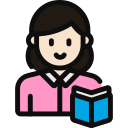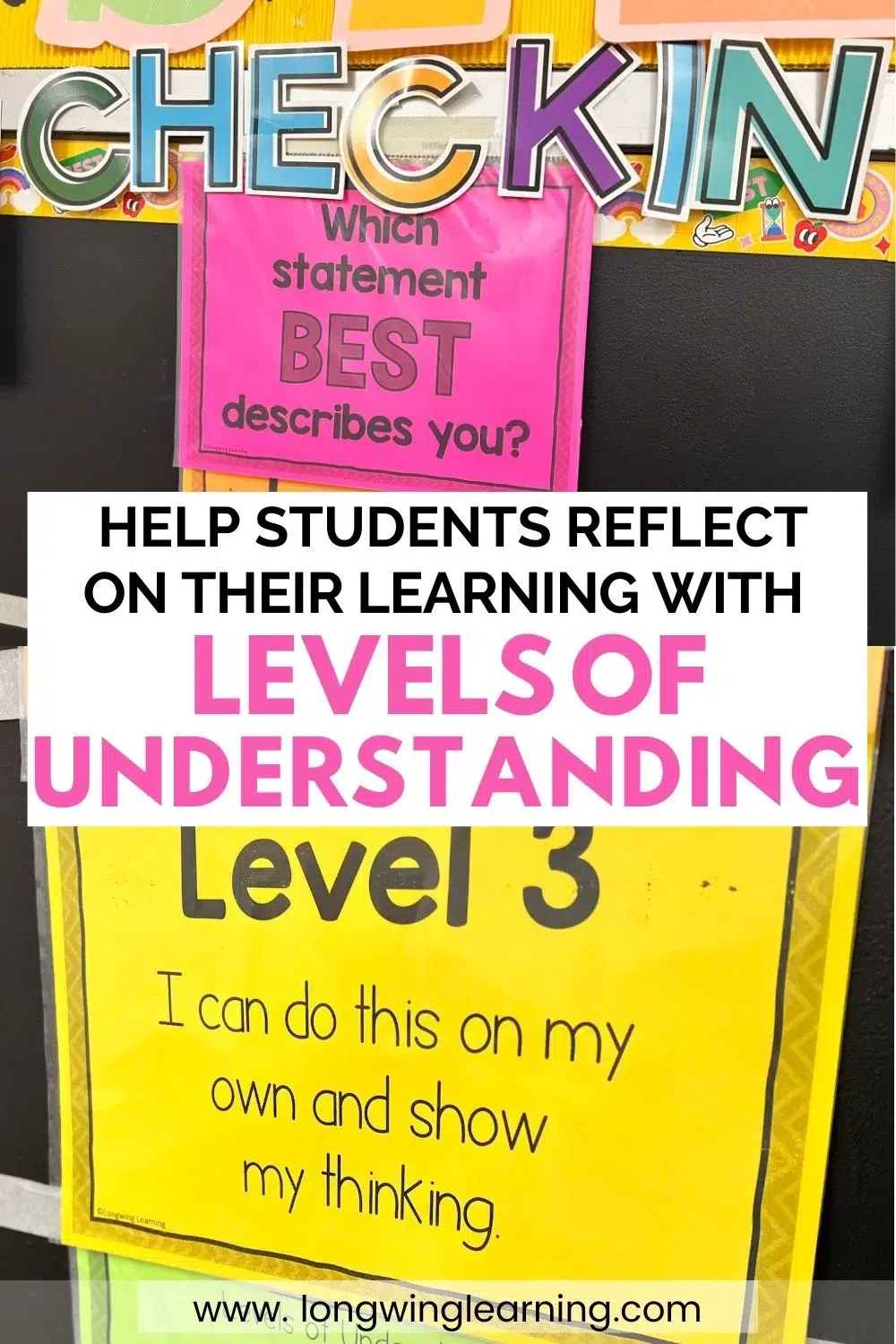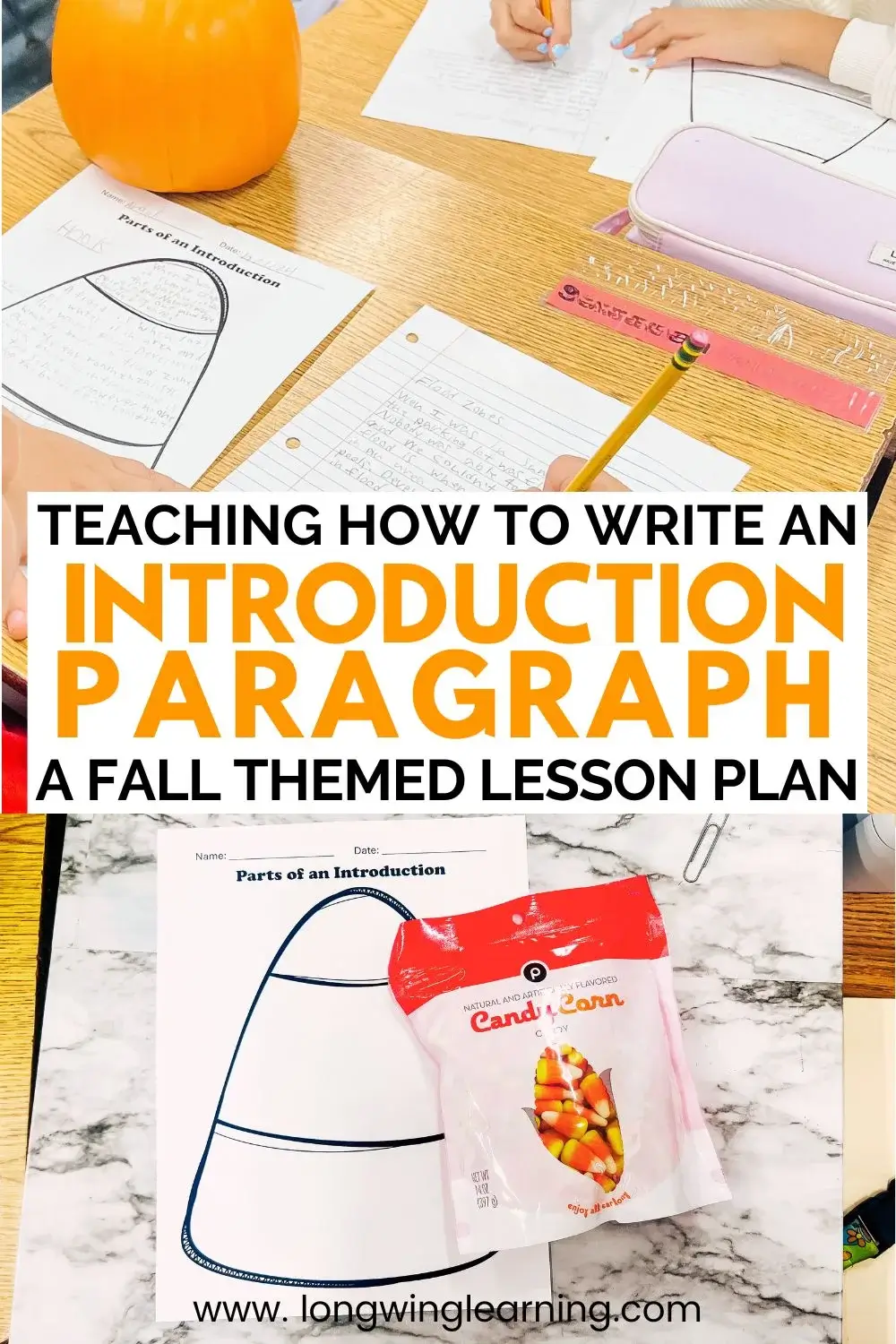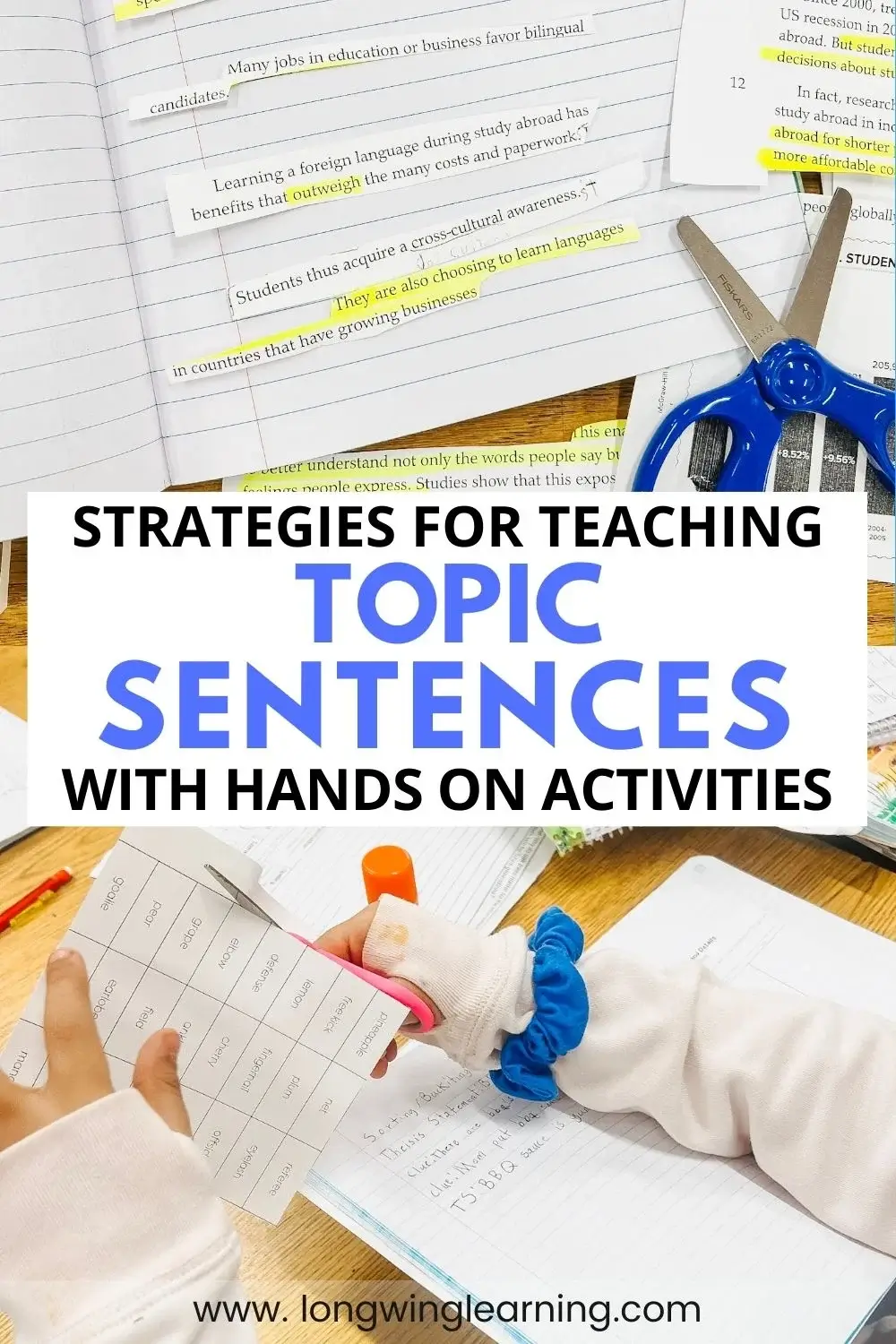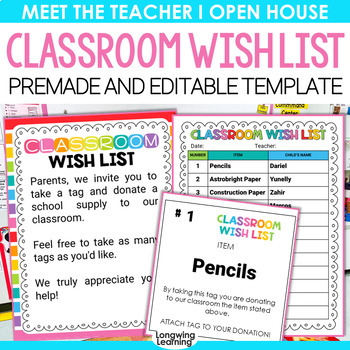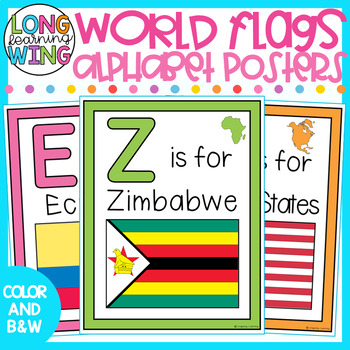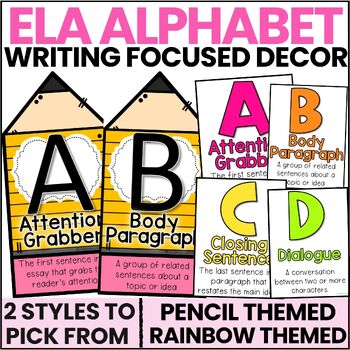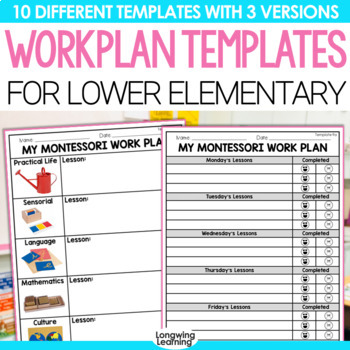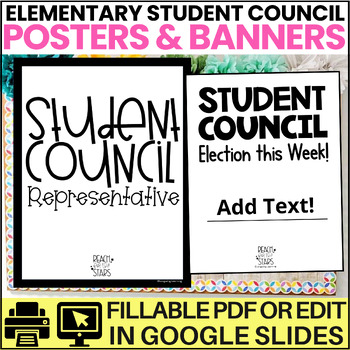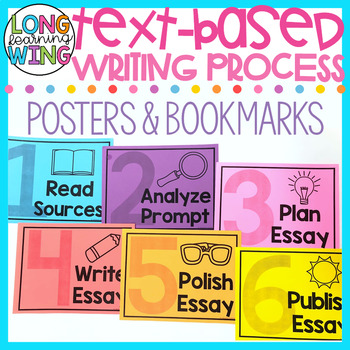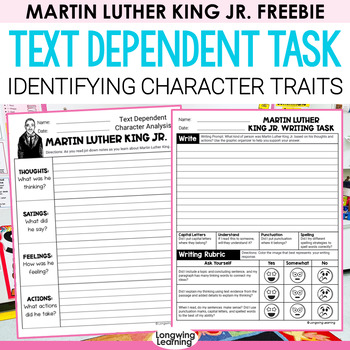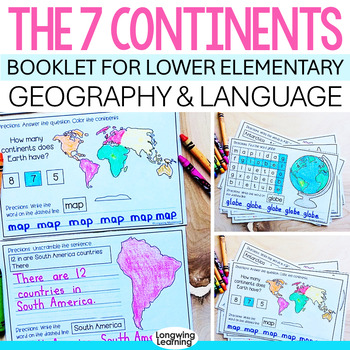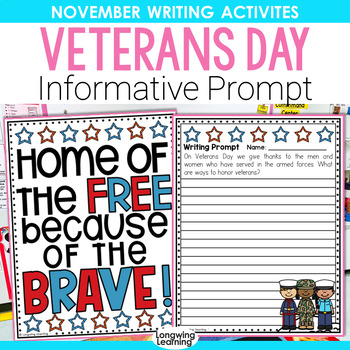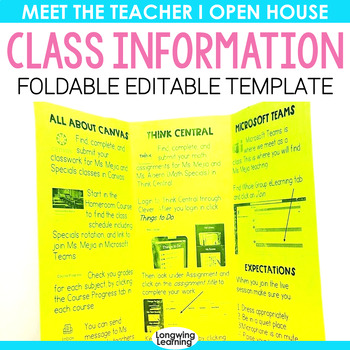For your students to show they can compare firsthand and secondhand accounts start them with the right pair of books in their hands.
Here are ways to select a text pair to teach your upper elementary students to compare firsthand and secondhand accounts.
The Difference Between Firsthand Accounts and Secondhand Accounts
To pick the right set of books, you first must know the differences between firsthand accounts and secondhand accounts.
A firsthand account is a text written by a person that was part of an event by either being involved or witnessing it. The author uses pronouns like” I” and “we” and includes feelings and thoughts about the subject. An example of firsthand accounts are memoirs, interviews, and autobiographies.
Next, in a secondhand account, the author is not part of the event and includes information gathered from multiple sources. The author uses pronouns like “he,” “she,” and “they.” Examples of secondhand accounts are informational texts about historical events and narrative nonfiction.
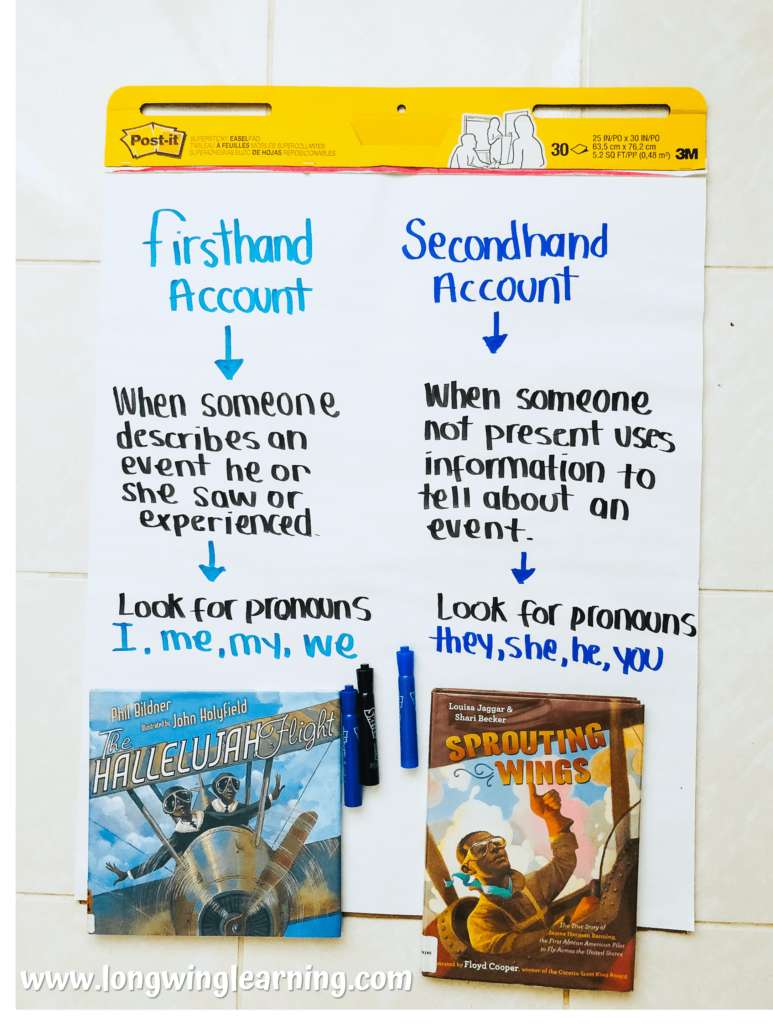
Firsthand and Secondhand Accounts Picture Books
Next, when selecting books, pick one of each account on the same topic. This way, your students will be able to compare the different views of the topic. Here are four book pairs that go together like peanut butter and jelly.
Picture Book Set 1 Topic: Lewis and Clark Expedition
How We Crossed the West: The Adventures of Lewis and Clark by Rosalyn Schanzer is a book written as a diary with Lewis and Clark exchanging letters about their journey. It is an excellent example of a firsthand account.
If your kids are familiar with Lewis and Clark’s expedition, an alternative read-aloud can be The Journey of York: the unsung hero of the Lewis and Clark Expedition. This book is written in diary format and filled with unknown facts about the expedition.

A secondhand account you can pair with these books is A Picture book of Lewis and Clark by David Alder. This book is a biography about Lewis and Clark’s journey from St. Louis to the Pacific Ocean in the early nineteenth century.
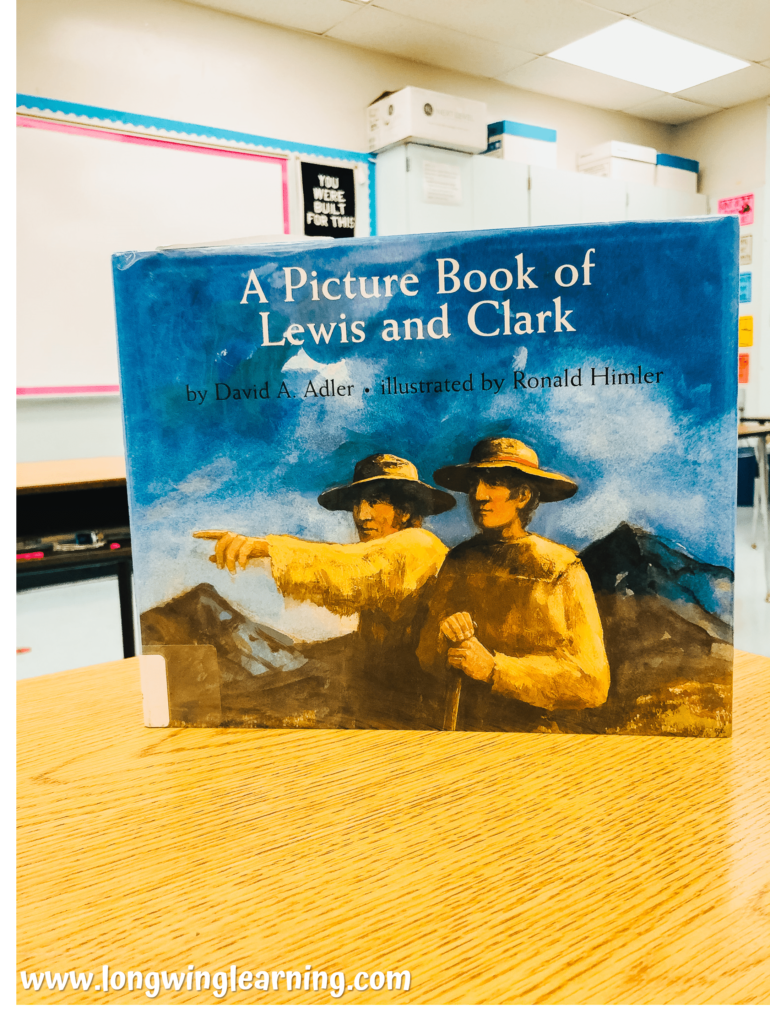
Picture Book Set 2 Topic: Wilma Rudolph
What’s Your Story, Wilma Rudolph? by Krystyna Poray Goddu, is a chapter book about the Olympic runner Wilma Rudolph. In this book, your students will read an interview making it perfect to use as an example of a firsthand account.
Wilma Unlimited: How Wilma Rudolph became the world’s fastest woman by Kathleen Krull is a biography that tells Wilma Rudolph’s story as a secondhand account. This book makes a great read-aloud story.
Picture Book Set 3 Topic: Malala Yousafzai’s
Malala’s Magic Pencil by Malala Yousafzai is a picture book written by Malala Yousafzai that tells about her inspiring tale and activism in her community. It is a fiction story, but it’s written as a firsthand account.
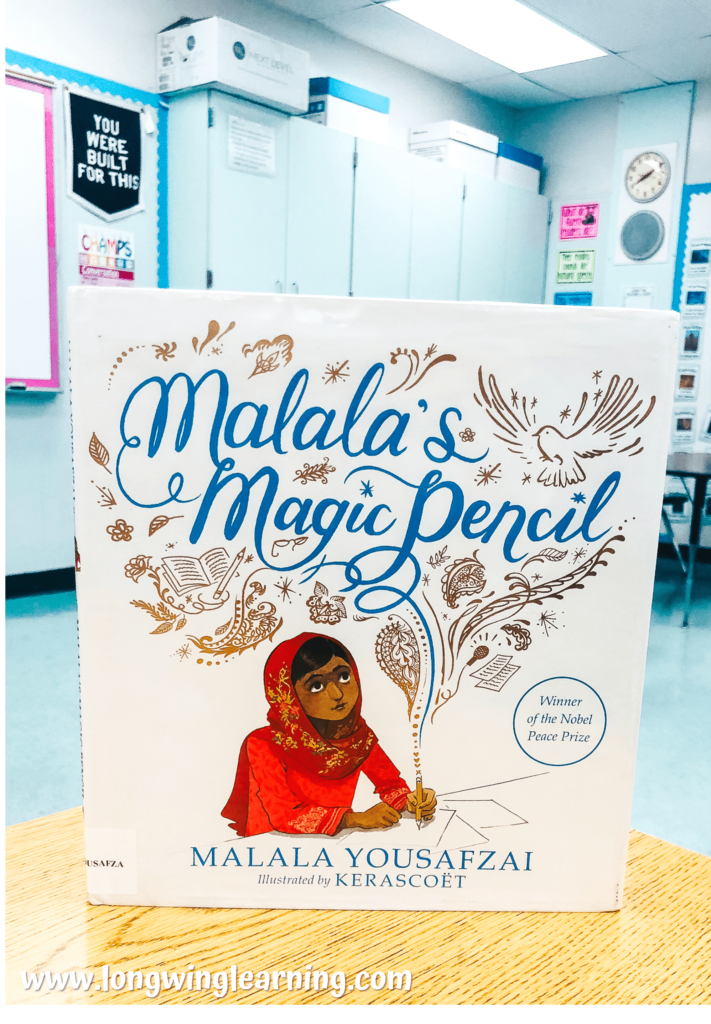
For the Right to Learn: Malala Yousafzai’s Story by Rebecca Langston-George is a narrative story and a secondhand account of the female education activist Malala’s incredible story.
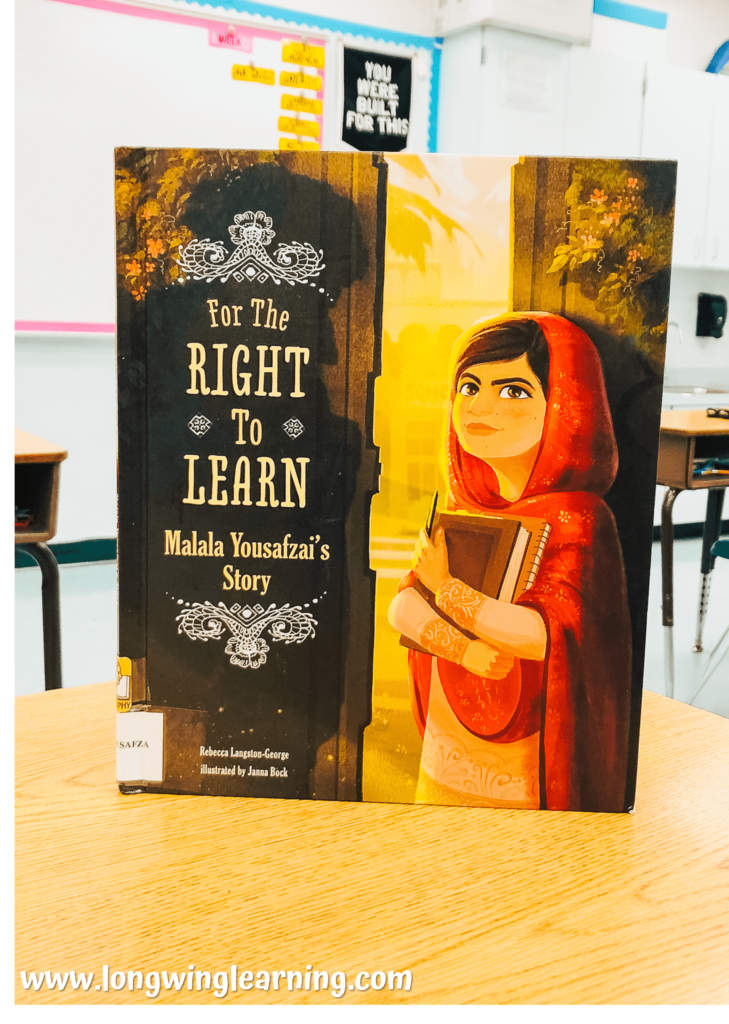
Picture Book Pair 4 Topic: James Banning
The Hallelujah Flight by Phil Bildner is narrative fiction about the unsung hero James Baning’s determination and pride to become a pilot. The author wrote the story as a firsthand account.
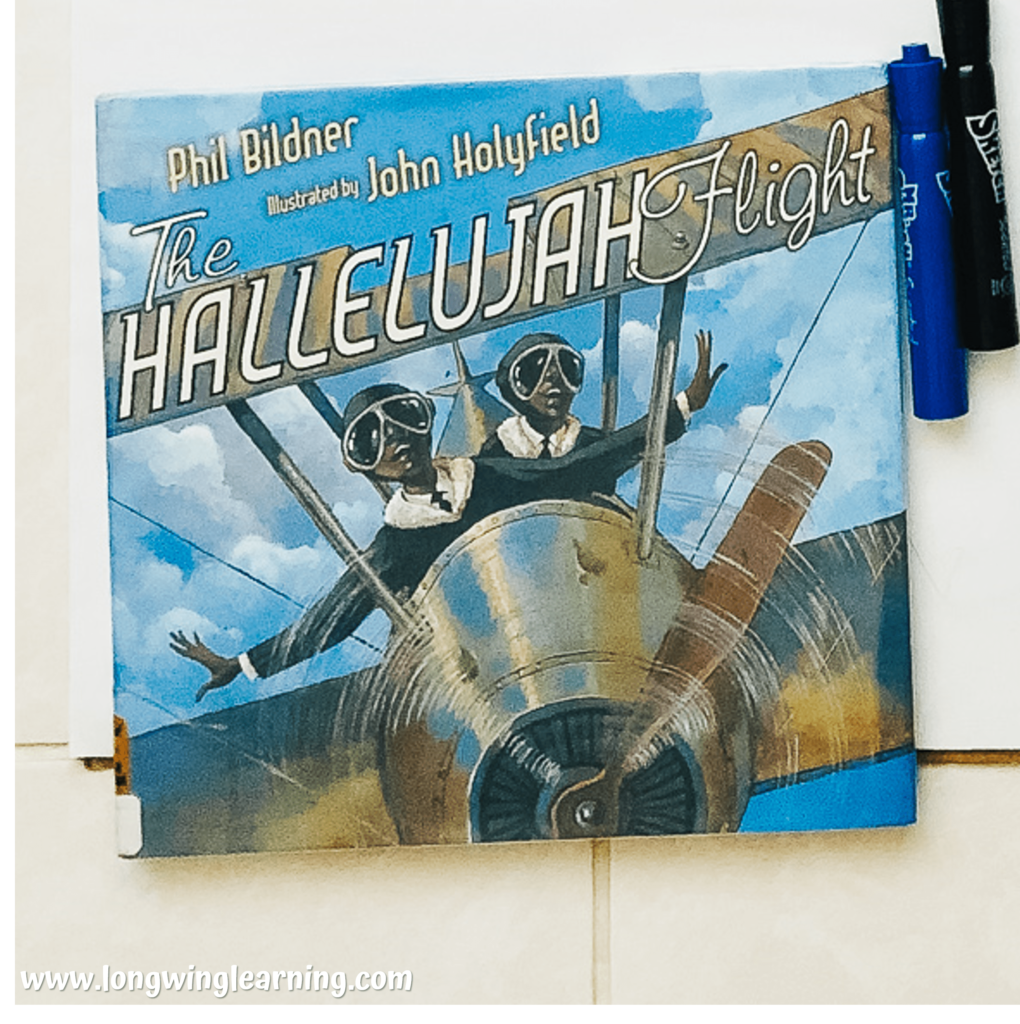
Sprouting Wings: The True Story of James Herman Banning, the First African American Pilot to Fly Across the United States by Louisa Jaggar, tells the story of James Herman Banning and is an example of a secondhand account.
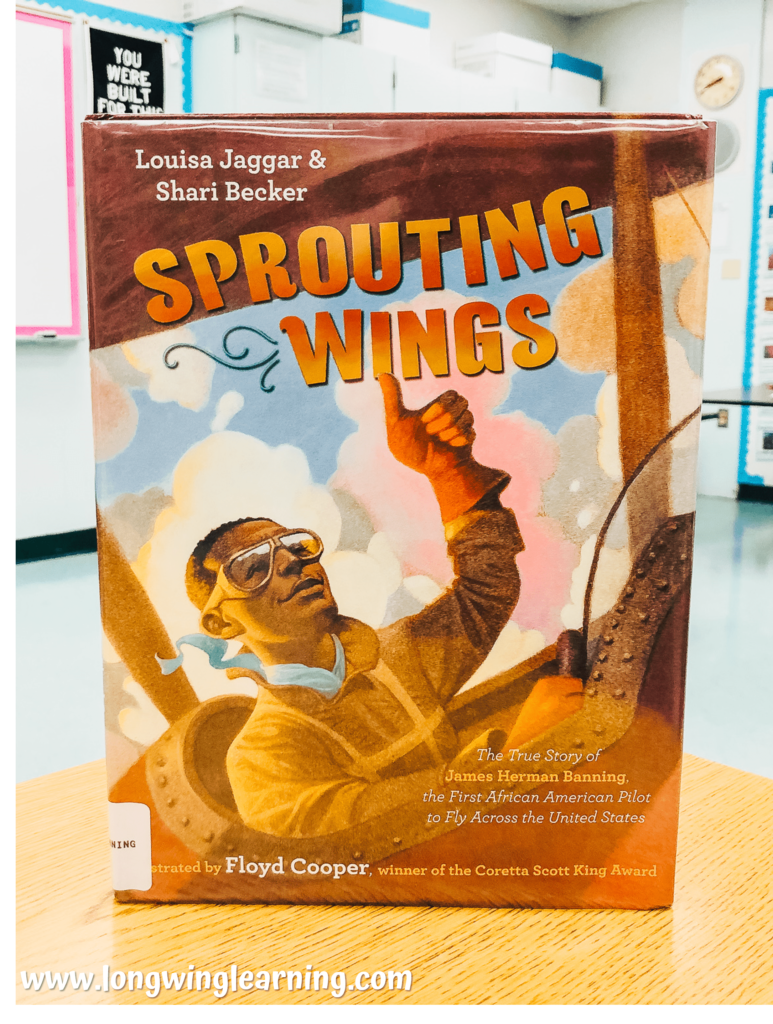
Wrapping It Up
There are numerous picture books perfect for your upper elementary students to compare firsthand and secondhand accounts. This list of engaging picture books is just the beginning to get you started.


